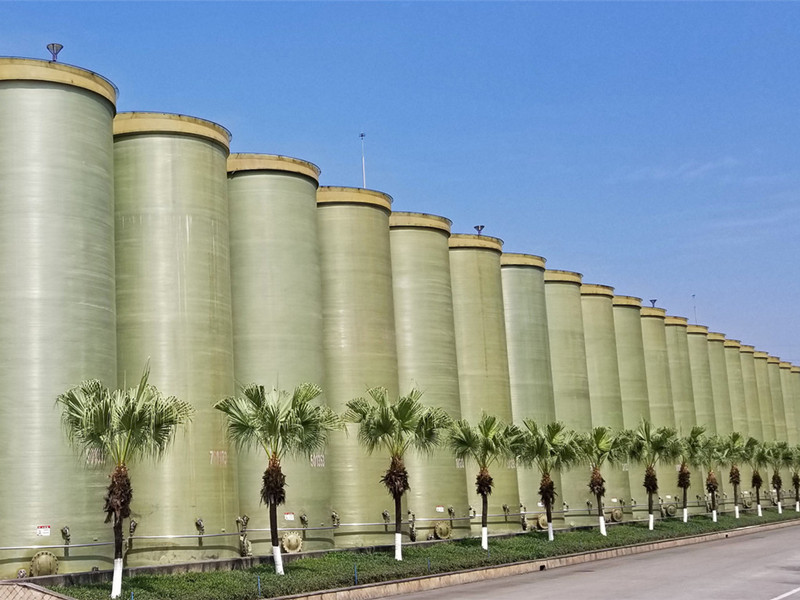
-
 Afrikaans
Afrikaans -
 Albanian
Albanian -
 Amharic
Amharic -
 Arabic
Arabic -
 Armenian
Armenian -
 Azerbaijani
Azerbaijani -
 Basque
Basque -
 Belarusian
Belarusian -
 Bengali
Bengali -
 Bosnian
Bosnian -
 Bulgarian
Bulgarian -
 Catalan
Catalan -
 Cebuano
Cebuano -
 China
China -
 China (Taiwan)
China (Taiwan) -
 Corsican
Corsican -
 Croatian
Croatian -
 Czech
Czech -
 Danish
Danish -
 Dutch
Dutch -
 English
English -
 Esperanto
Esperanto -
 Estonian
Estonian -
 Finnish
Finnish -
 French
French -
 Frisian
Frisian -
 Galician
Galician -
 Georgian
Georgian -
 German
German -
 Greek
Greek -
 Gujarati
Gujarati -
 Haitian Creole
Haitian Creole -
 hausa
hausa -
 hawaiian
hawaiian -
 Hebrew
Hebrew -
 Hindi
Hindi -
 Miao
Miao -
 Hungarian
Hungarian -
 Icelandic
Icelandic -
 igbo
igbo -
 Indonesian
Indonesian -
 irish
irish -
 Italian
Italian -
 Japanese
Japanese -
 Javanese
Javanese -
 Kannada
Kannada -
 kazakh
kazakh -
 Khmer
Khmer -
 Rwandese
Rwandese -
 Korean
Korean -
 Kurdish
Kurdish -
 Kyrgyz
Kyrgyz -
 Lao
Lao -
 Latin
Latin -
 Latvian
Latvian -
 Lithuanian
Lithuanian -
 Luxembourgish
Luxembourgish -
 Macedonian
Macedonian -
 Malgashi
Malgashi -
 Malay
Malay -
 Malayalam
Malayalam -
 Maltese
Maltese -
 Maori
Maori -
 Marathi
Marathi -
 Mongolian
Mongolian -
 Myanmar
Myanmar -
 Nepali
Nepali -
 Norwegian
Norwegian -
 Norwegian
Norwegian -
 Occitan
Occitan -
 Pashto
Pashto -
 Persian
Persian -
 Polish
Polish -
 Portuguese
Portuguese -
 Punjabi
Punjabi -
 Romanian
Romanian -
 Russian
Russian -
 Samoan
Samoan -
 Scottish Gaelic
Scottish Gaelic -
 Serbian
Serbian -
 Sesotho
Sesotho -
 Shona
Shona -
 Sindhi
Sindhi -
 Sinhala
Sinhala -
 Slovak
Slovak -
 Slovenian
Slovenian -
 Somali
Somali -
 Spanish
Spanish -
 Sundanese
Sundanese -
 Swahili
Swahili -
 Swedish
Swedish -
 Tagalog
Tagalog -
 Tajik
Tajik -
 Tamil
Tamil -
 Tatar
Tatar -
 Telugu
Telugu -
 Thai
Thai -
 Turkish
Turkish -
 Turkmen
Turkmen -
 Ukrainian
Ukrainian -
 Urdu
Urdu -
 Uighur
Uighur -
 Uzbek
Uzbek -
 Vietnamese
Vietnamese -
 Welsh
Welsh -
 Bantu
Bantu -
 Yiddish
Yiddish -
 Yoruba
Yoruba -
 Zulu
Zulu
frp sand pipe
Understanding FRP Sand Pipes A Sustainable Solution for Modern Infrastructure
In the world of construction and infrastructure development, materials play a pivotal role in determining the longevity, efficiency, and sustainability of projects. One such innovative material making waves is the Fiberglass Reinforced Plastic (FRP) sand pipe. This article explores the characteristics, benefits, and applications of FRP sand pipes, highlighting their importance in modern engineering.
Understanding FRP Sand Pipes A Sustainable Solution for Modern Infrastructure
One of the standout features of FRP sand pipes is their resistance to a wide range of chemicals, including acids and bases. This makes them particularly valuable in industries such as wastewater management, chemical processing, and mining, where pipelines are often exposed to harsh environments. Additionally, FRP sand pipes do not rust or corrode, ensuring a longer lifespan compared to traditional materials.
frp sand pipe

Environmental sustainability is another critical advantage of FRP sand pipes. Manufacturers can tailor the production process to incorporate recycled materials, reducing the environmental footprint associated with their use. Furthermore, their lightweight nature leads to lower transportation costs and reduced energy consumption during installation, aligning with global efforts to promote sustainable construction practices.
The versatility of FRP sand pipes extends to their applications. They are increasingly used in stormwater management systems, where their structural integrity and resistance to hydrostatic pressure are invaluable. Additionally, industries that require precise fluid transport, such as oil and gas, benefit from the smooth internal surfaces of FRP pipes, minimizing flow resistance and enhancing efficiency.
Moreover, the non-conductive properties of FRP sand pipes make them suitable for applications in electrical insulation. This feature is particularly advantageous in environments where electrical safety is a concern, such as chemical plants and outdoor installations. The ability to custom-design these pipes for specific project requirements further enhances their appeal.
In conclusion, FRP sand pipes represent an innovative solution in the realm of modern infrastructure, combining strength, durability, and environmental responsibility. As industries increasingly prioritize sustainability and efficiency, the adoption of FRP sand pipes is likely to grow, paving the way for smarter and more resilient construction solutions. The advantages they offer not only elevate project performance but also contribute to a more sustainable future in infrastructure development.









